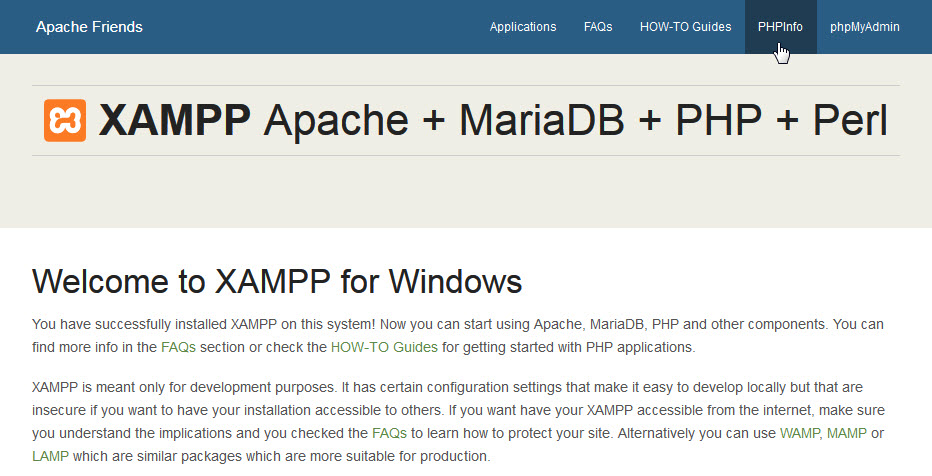

- XAMPP FOR MAC REVIEW INSTALL
- XAMPP FOR MAC REVIEW FULL
- XAMPP FOR MAC REVIEW SOFTWARE
- XAMPP FOR MAC REVIEW CODE
You will be able to see the initiated modules highlighted in green.įor example, if you are using the WordPress platform then the required components are Apache and MYSQL. You can start the modules by clicking the “Start” button under “Actions”. In the XAMPP control panel, click the necessary modules that are required for you to work. By double-clicking the XAMPP icon, the XAMPP control panel window appears. Once done, the XAMPP icon will appear on your desktop or start menu. Once the installation process is completed, click on the “Finish” button.

The installation process takes a couple of minutes to complete.
XAMPP FOR MAC REVIEW INSTALL
The setup wizard will unpack and install all the selected components and will save them to their designated directory. It is recommended to choose the default “C drive” and then click the “Next” button.Ĭlicking on the next your installation process will be started. The next step is to choose the folder where the file is to be located. For example (if you want to install WordPress on XAMPP, the required components are MySQL, Apache, PHPMyAdmin). In the setup file, select the components that are required. Once the file is executed, a setup window appears.
XAMPP FOR MAC REVIEW SOFTWARE
Once the software is downloaded, you have to install it by double-clicking the. Since it is open-source you can download it for free. In the web browser, You can easily download XAMPP from.
XAMPP FOR MAC REVIEW FULL
From the stack manager page, click the "Open Terminal" button and you'll be logged in to a XAMPP-VM console with full root privileges. It's now even easier to run commands on XAMPP-VM.

The "Volumes" tab of the stack manager lets you mount and explore directories. You can now mount XAMPP directories and copy or move files between your host and XAMPP using the Finder. So, you can now access phpMyAdmin (and other Web applications running on XAMPP-VM) by browsing to port 8080 on your host - for example, You can also add your own port forwarding rules between the host and XAMPP-VM through the same interface. It comes with a pre-defined rule to forward XAMPP-VM's port 80 to port 8080 on the host. The stack manager provides a graphical interface to forward ports between XAMPP-VM and the host system. What's new: port forwarding and mounted volumes You can also manage individual services from the OS X tray: This will also start all the XAMPP-VM services. To get started with the new stack manager, launch it as usual and click the "Start" button to start the hypervisor. This provides a central control point to start or stop services, manage port forwarding, work with files and run commands. In addition to the changes "under the hood", there is a new stack manager interface:
XAMPP FOR MAC REVIEW CODE


 0 kommentar(er)
0 kommentar(er)
